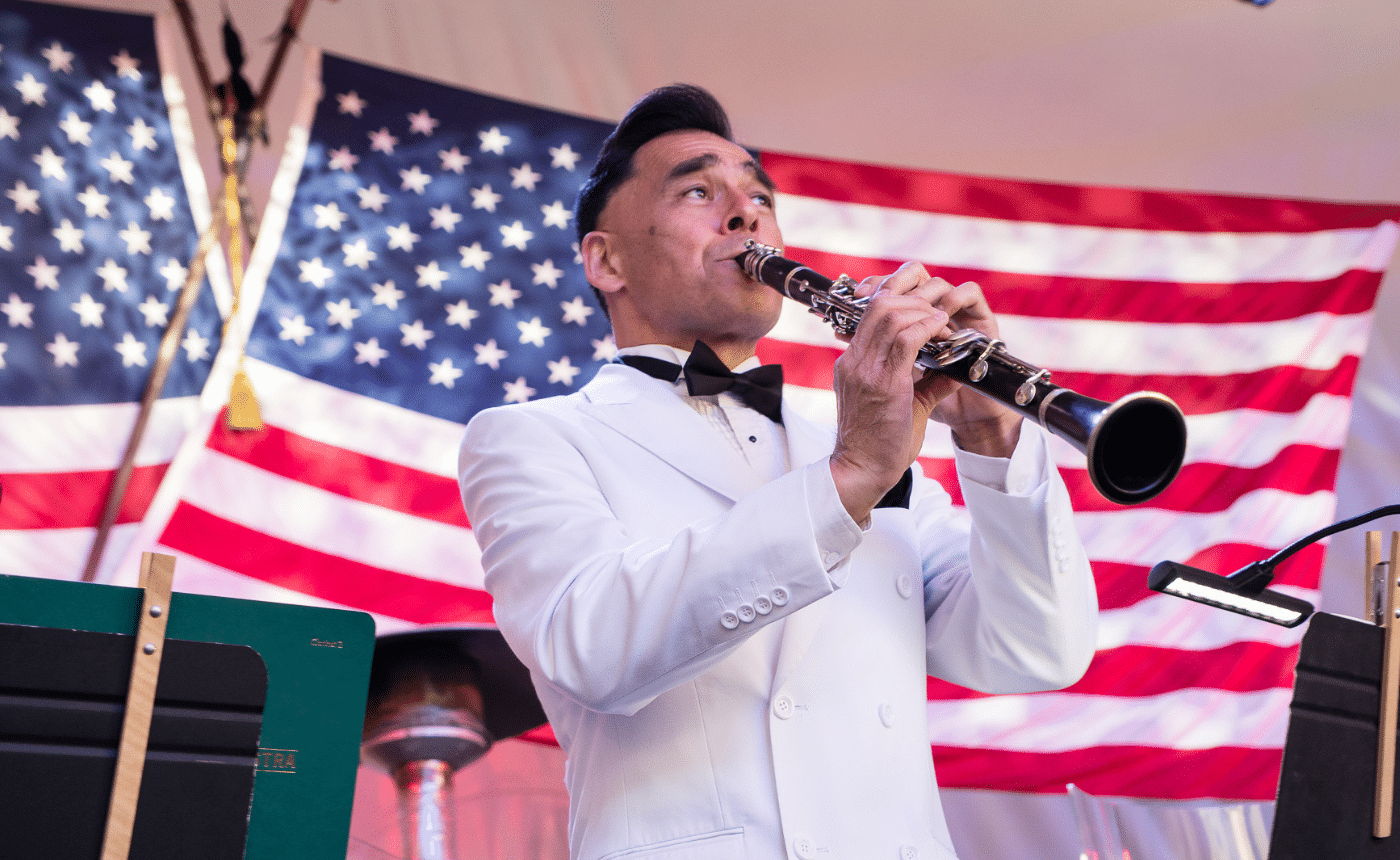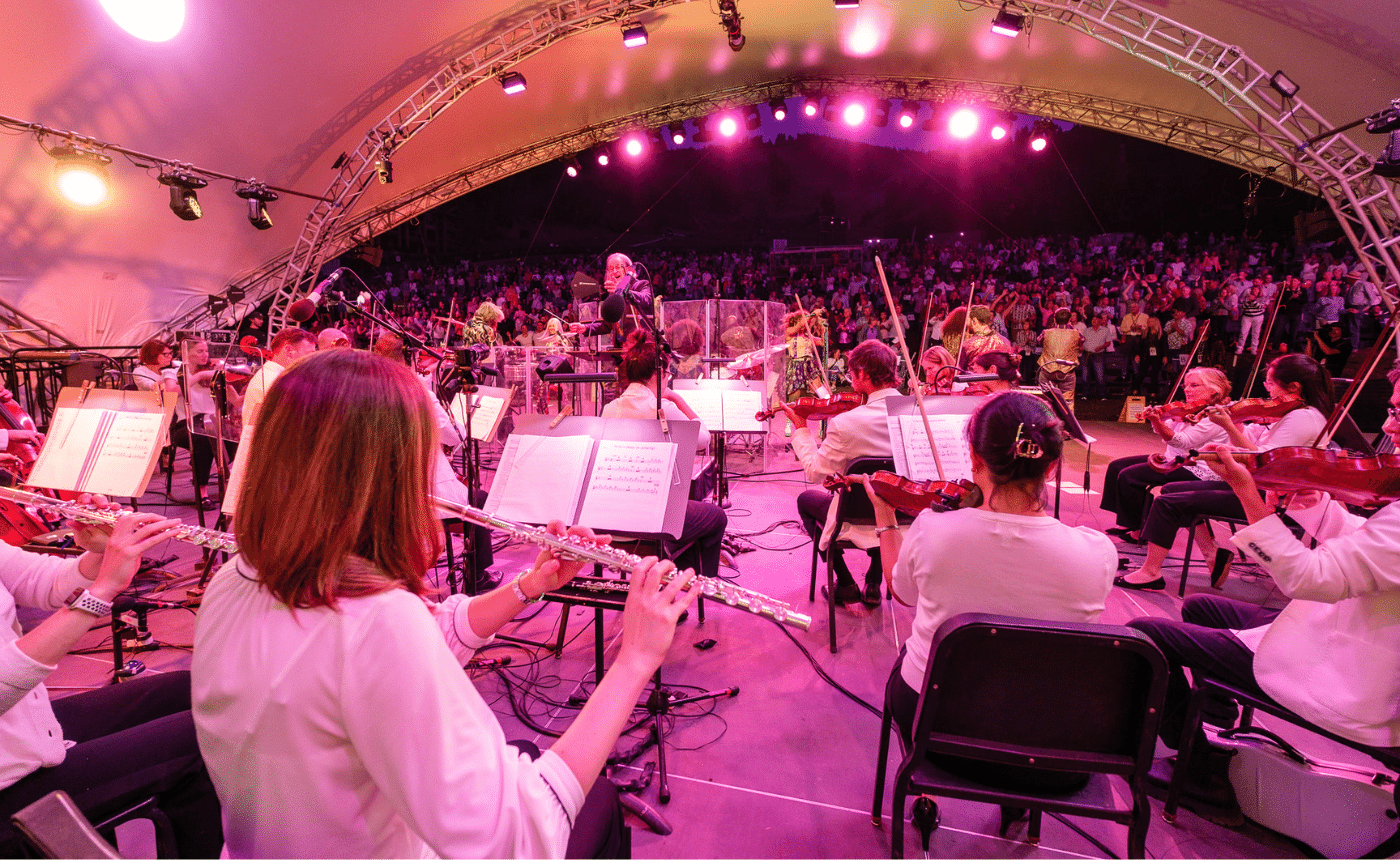Beethoven (arr. Mahler) – String Quartet No. 11, “Serioso”
Performance time: 20 minutes

Mahler revered Beethoven. Our understanding of Mahler the symphonist—and, after all, that is how we know him best—starts with the later composer’s respectful dedication to continue his predecessor’s expansion of the symphonic form as a musical expression of humanity’s deepest questions and highest ideals. But for Mahler’s contemporaries, his reverence for Beethoven was understood differently.
In 1898, when Gustav Mahler arranged Beethoven’s String Quartet No. 11 for string orchestra, Vienna’s demanding, discerning listeners knew him mainly as a conductor and musical director of opera. These were the professional responsibilities for which Mahler was most celebrated by his countrymen in his own lifetime; in music-loving, opera-mad Vienna, they were more than enough to establish him as Beethoven’s most ardent advocate at a time when other musicians were arguing about Brahms, Wagner, Strauss, and the emerging Second Viennese School. Mahler was an esteemed interpreter of Beethoven’s symphonies, and as musical director of Vienna’s most prestigious opera company, he threw himself into every aspect of staging Beethoven’s sole opera, Fidelio. It was a landmark achievement for Mahler. He called it the greatest of all operas and supervised every aspect of the production, establishing standards for performing it that are still followed more than a century later.
Thus it is not surprising that Mahler would want to bring an expanded arrangement of a Beethoven string quartet before the public. Musicologists tell us that Beethoven composed his String Quartet No. 11 around 1810, when he was in transition between his “middle” and “late” period—a time when he departed from some of his long-held musical norms, including exhaustive development sections. That made this quartet unusually compact, and an excellent subject for Mahler’s arrangement for string orchestra. It is a musical expression of unusual intensity, even for Beethoven—a fact that must have appealed greatly to Mahler in selecting it for arrangement.
The quartet spans a dramatic opening allegro, a second movement that takes an allegretto pace—brisker than the usual languid second movement–a brilliantly intricate scherzo, and a finale that progresses from slow lyricism to outright gaiety. Mahler’s arrangement, which refits the quartet’s intimate scale for the concert hall while preserving its musical ideas, was premiered in Vienna in January 1899. Today, the opening-night popular and critical reception–overwhelmingly negative–seems baffling. Some audience members booed; among the experts, only the eminent critic and tastemaker Eduard Hanslick praised Mahler’s work, and he never conducted it again. Did listeners suspect they heard a downscaled restatement of Beethoven’s beloved Symphony No. 5? Whatever the reason, Mahler’s arrangement disappeared for the better part of a century. It was finally revived in 1986 by composer David Matthews.












